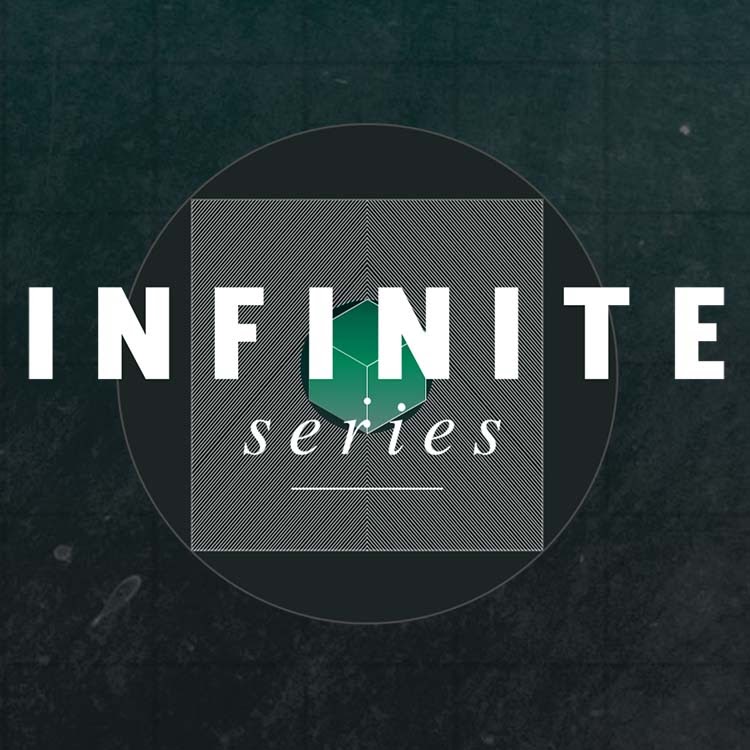2018-03-15
[public] 49.6K views, 1.41K likes, 55.0 dislikes audio only
Viewers like you help make PBS (Thank you 😃) . Support your local PBS Member Station here: https://to.pbs.org/donateinfi
In the card game SET, what is the maximum number of cards you can deal that might not contain a SET?
Tweet at us! @pbsinfinite
Facebook: facebook.com/pbsinfinite series
Email us! pbsinfiniteseries [at] gmail [dot] com
Resources
Official SET game instructions
https://www.setgame.com/sites/default/files/instructions/SET%20INSTRUCTIONS%20-%20ENGLISH.pdf
Simple SET Game Proof Stuns Mathematicians (Quanta Magazine)
https://www.quantamagazine.org/set-proof-stuns-mathematicians-20160531/
The Problem with SET (NYTimes Puzzle)
https://www.nytimes.com/2016/08/22/crosswords/the-problem-with-set.html
Open Question: Best Bounds for Cap Sets (blog post by Terry Tao)
https://terrytao.wordpress.com/2007/02/23/open-question-best-bounds-for-cap-sets/
SET and Group Theory by Pavel Etingof (see p. 13ff)
http://www-math.mit.edu/~etingof/groups.pdf
This episodes challenge question is: Among the 9 cards shown in this episode what is the maximum number of them that may not contain a SET? Can you rephrase this question in an equivalent yet geometric way and then answer it using the hint - SETs correspond to lines in the Z/3Z grid?
Email your answers to pbsinfiniteseries@gmail.com with the subject line "SET Challenge" along with your proof. A random winner will be selected among the submissions to win a PBS Digital t-shirt.
(Spoiler Alert!) Here's the solution to the SET challenge problem: https://bit.ly/2Ggpw1d
Previous Episode:
What was Fermat’s “Marvelous" Proof?
Let's talk about the card game SET. To play, you start with a deck of cards, each of which has a certain number of shapes in different colors and shadings. You deal out 12 cards and start looking for a SET---a collection of 3 cards that have either all the same or all different patterns. Now, once you deal those 12 cards, it’s possible that there might not be a SET among them. When that happens, you just deal out 3 more cards. And… in some cases, there still might not be a SET. So… you can add 3 more cards. And this begs the question: What is the maximum number of cards you can deal that might not contain a SET?
Written and Hosted by Tai-Danae Bradley
Produced by Rusty Ward
Graphics by Ray Lux
Assistant Editing and Sound Design by Mike Petrow and Linda Huang
Made by Kornhaber Brown (www.kornhaberbrown.com)
Special thanks to Roman Pinchuk for supporting us on our Converse level on Patreon.
Along with thanks to Matthew O'Connor, Yana Chernobilsky, and John Hoffman who are supporting us on Patreon at the Identity level!
And thanks to Mauricio Pacheco and Andrew Poelstra who are supporting us at the Lemma level!
/youtube/video/uxpowBoPieQ
/youtube/video/KZT5hrYOERs
/youtube/video/SsVl7_R2MvI
/youtube/video/zurpOBPt4LI?t=74
/youtube/video/zurpOBPt4LI?t=266
/youtube/video/zurpOBPt4LI?t=321
/youtube/video/zurpOBPt4LI?t=419
/youtube/video/SsVl7_R2MvI
https://www.patreon.com/pbsinfiniteseries
/youtube/channel/UCs4aHmggTfFrpkPcWSaBN9g

